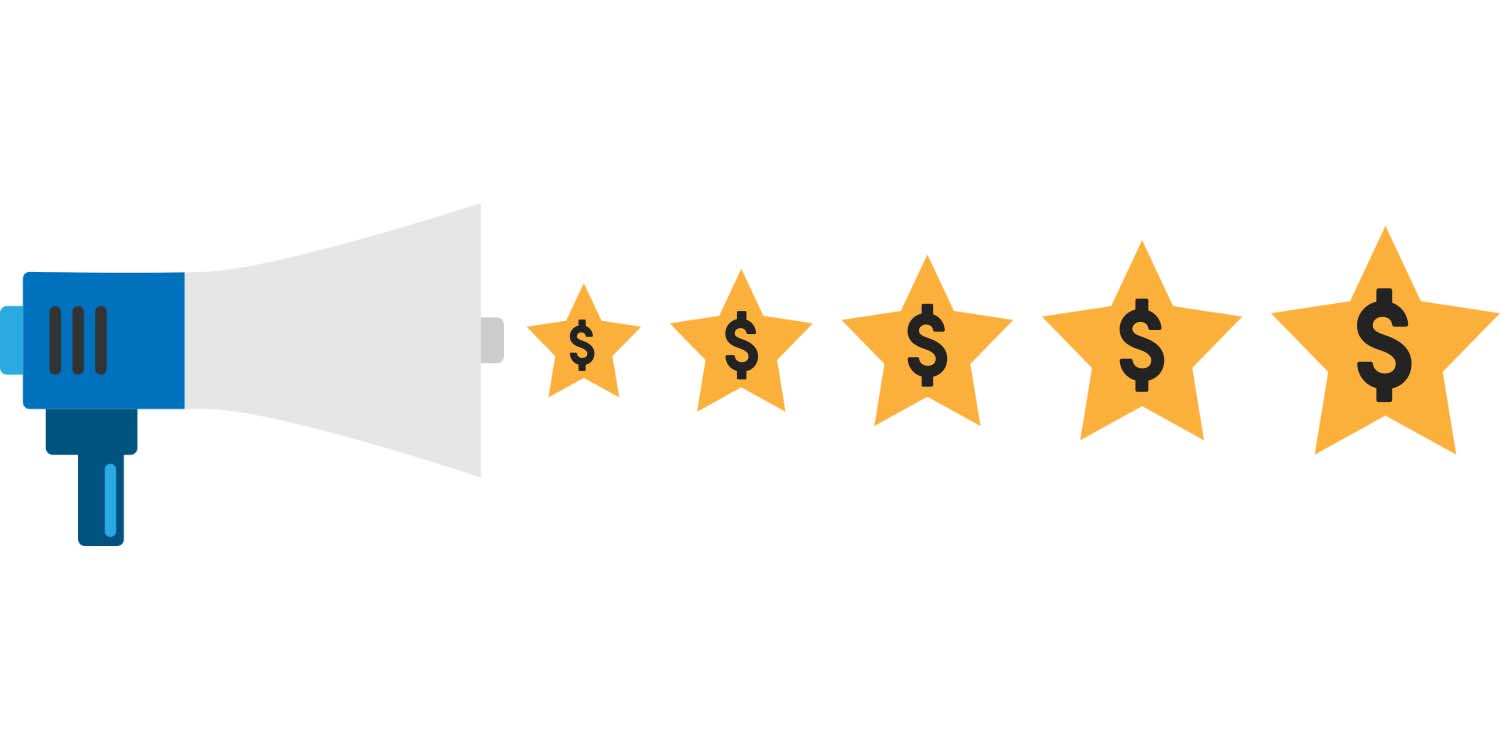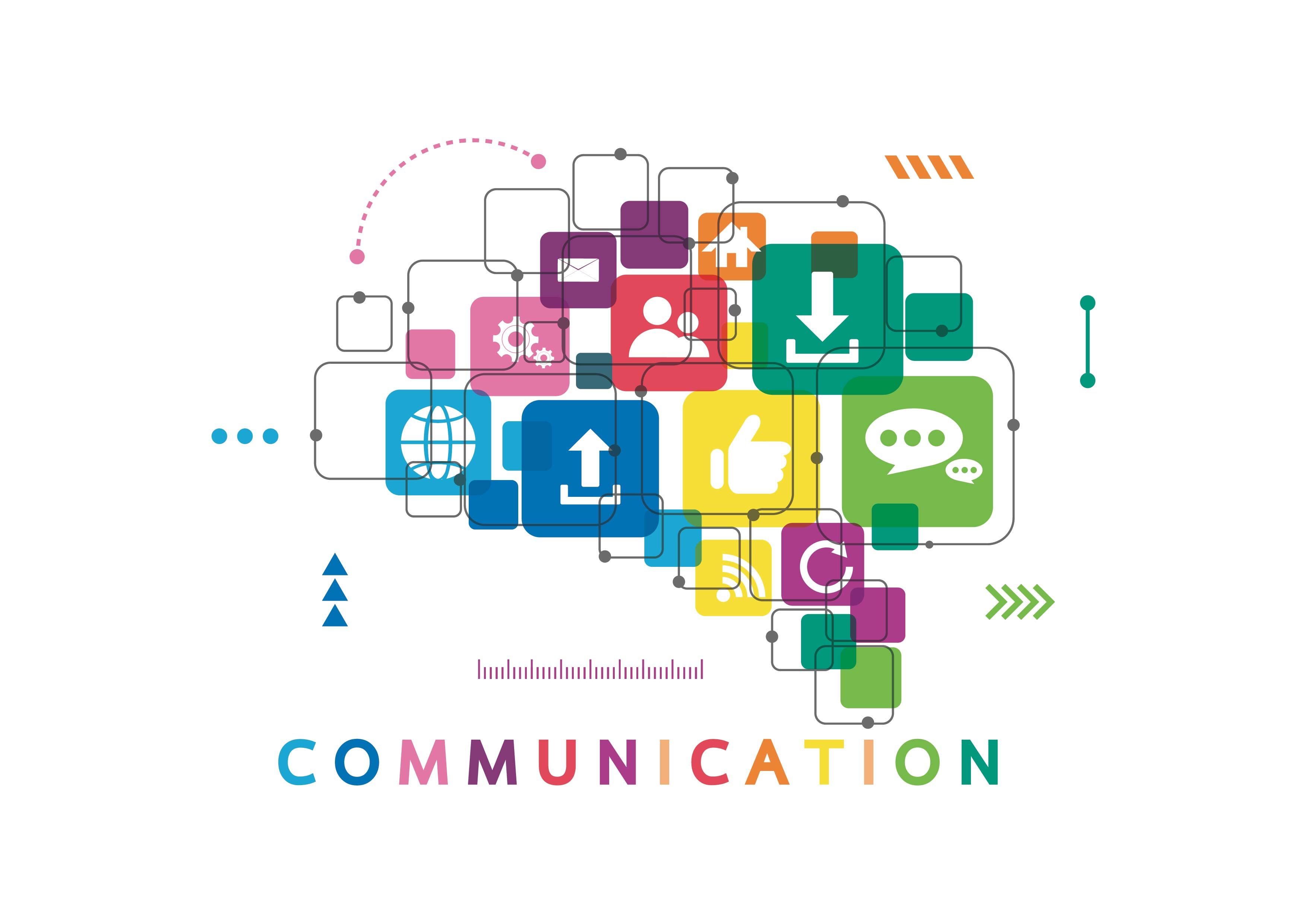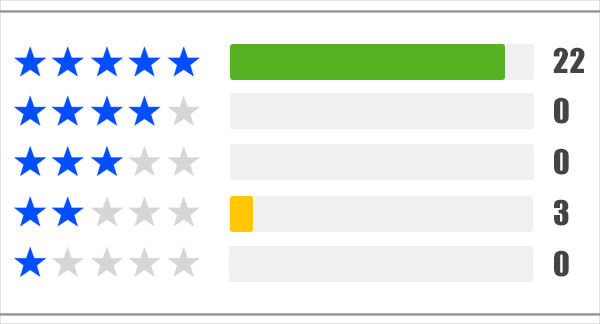Proving PR Value

A solid public relations plan can do wonders for your brand including awareness, reputation management, increased engagement and much more. But if you answer to a client, boss or higher power with a pocket book, those warm and fuzzy words are not enough to prove the value of your dedicated and strategic public relations efforts. Proving the return on investment for seemingly elusive concepts can be tricky, but not impossible! In fact, tracking, measuring and reporting your media coverage may be the most important phase of your plan. Here are just five tips to help you track and then showcase the value of earned media …
-
Clip it old school. In the age of exploding digital media, some coverage can get lost if you’re relying solely on technology to find coverage. If you count on search engines to locate every trace of your story, you may miss a great feature in a local print publication or newsletter. Try to obtain and monitor copies of any print publications on your distribution list.
-
Venture down the social rabbit hole. It’s called “the web” for a reason … everything is connected! Start following the trail of where your story is posted, where it was shared, how many times and by whom. You may find the right industry influencer or credible business (with a large following) shared or liked your message, causing a domino effect of activity — make sure you note it all!
-
Set alerts, and alerts for your alerts. Don’t miss a news beat. A free service like Google Alerts can be a good place to start monitoring your brand’s reputation. Regularly updating keywords as you distribute news is good practice, and if you really want to step up your game, look into a paid clipping service that can scour the web—and even broadcast—for your brand’s name.
-
Assign a monetary value. Not all media hits are created equal. You certainly can recognize some stories or mentions are larger accomplishments than others, but how can you simply communicate that? Determine how much each story is worth by using either a web-based service, calculate the Ad Value Equivalent (AVE) or contact someone directly at the media source and simply ask for their guidance in assigning a value.
-
Evaluate public perception. The great thing about social media is you have real time infinite access to what people are saying about your brand. If you’ve developed a hashtag, periodically follow it to see the sentiments attached to it. What are people writing in their posts and what are followers writing in comments below? Sift through online reviews, look for comments under stories or blogs where your organization is featured. Gather all the positive sentiments possible to show that your efforts are not only getting people to talk about your brand, but to share real positive statements as well.
Overall, monitoring your brand’s presence in the media—whether on TV, radio, online or social media—is an ongoing endeavor. The more you clip, save, document and record the easier it is to prove the worth of your public relations efforts. Keep your eyes and ears open, take notes, and most importantly, don’t hesitate to share that information with upper management.




